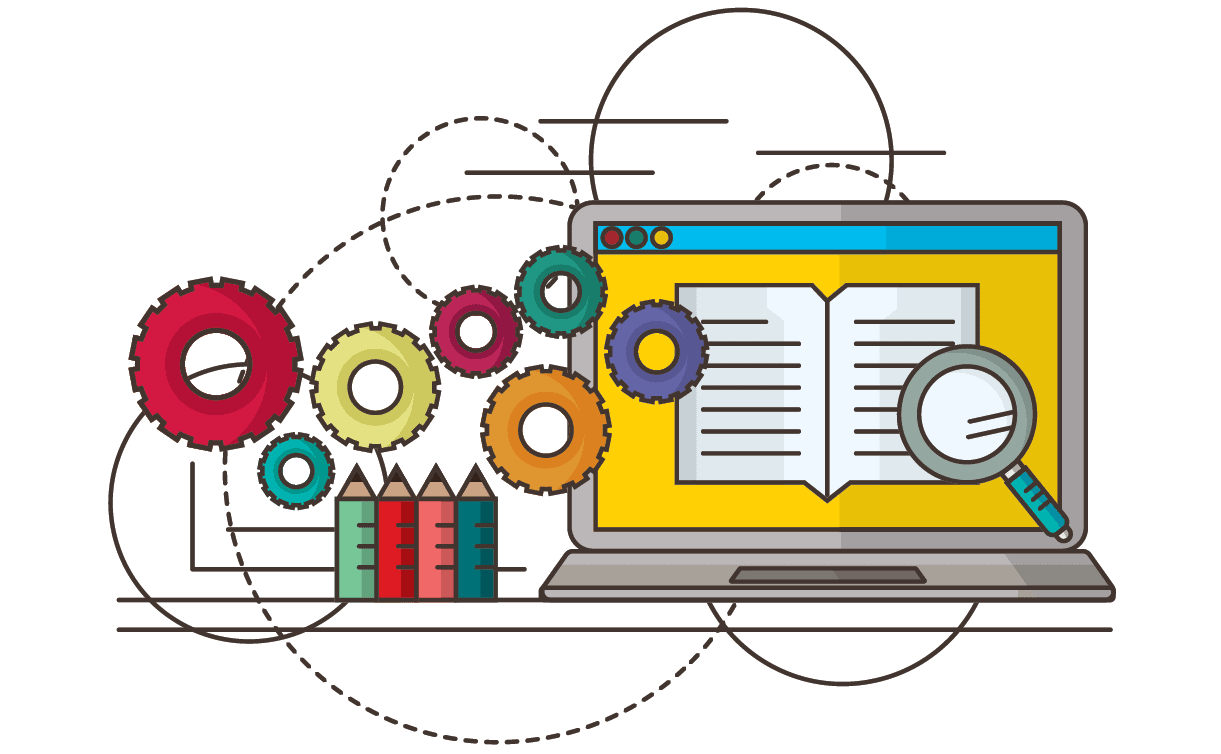It is time for the habitat to catch up with embedded GUI interfaces. We already understand this since you cannot read a piece of writing or attend a meeting without someone saying, “our users want their smartphone experience in their car and on their fridge!” The request of blending strong characteristics with excellent user interfaces is just too easy, and embedded GUI systems can be lacking.
What is Graphical User Interface?

A graphical user interface (GUI) is a kind of UI that allows users to interact with the screen’s application. GUIs typically contain elements like icons, buttons, navigation bars, menus, and other graphic components. A user can interact with those components in some motion or pointer, particularly as a mouse, finger, or stylus.
What Is an Embedded System?
An embedded system is computer hardware that is based on microprocessors with fixed performance. Unlike a classic desktop, such computers are operated to run software designed to perform dedicated functionalities.
Embedded systems are either standalone devices or parts of massive systems. Embedded devices have occurred as a significant part of our everyday life. In the future, the usage of embedded applications will maintain its significance. They are also required further to increase demand and the growth of importance with IoT.
Evolution of Embedded GUI Development:
1. WITH LESS POWER COMES MORE RESPONSIBILITY
There is a universal myth that the hardware-to-UI sliding rate is the least you can do for the user interface since it is smaller. Although purely operating if you don’t have 3D hardware speed, you can’t use 3D hardware speed -the application architecture, restrictions on the graphics library, and sub-optimum performance often lead to embedded GUI interfaces.
We realize it’s due to a shortage of development time and wealth to squeeze the hardware as much as possible. Still, the consumers roll their eyes as to why it’s manageable to operate a smartphone that does fifty things than just a dishwasher that does only one thing.
That’s not how it should be. In growth to rising hardware CPU and GPU capacities, UI toolkits are developing right up to MPU. Look into ARM Dynamic processors and the newly recorded Mali-G72 or the first MCU with 2D GPU mixed with Microchip Technology Inc. DDR2 built-in memory.
2. EMBEDDED GUI IS EQUAL TO CODE
Consumers want more out of their UIs, and that more consumers are underway is three points and is particularly important to embedded systems.
Embedded GUI design is proportional to code
Possibly the best improvement is that programmers, or at least the unique know-how of UI Architecture, are creating development teams a priority. Developers understand how they can create, test, and optimize applications. However, so many “traditional look” UIs yet are peddled out by embedded committees due to the lack of a designer’s expertise.
Only by providing the designer with the production team, goods that make acceptance and brand loyalty excellent, functional, appealing, and practical. The survey states that Facebook, Amazon, and Google have not only improved their art and design employees by 65% in the last year but that two in five programmers are already directed on code creation.
3. EMBEDDED GUI MUST BE INCLUSIVE
Users don’t worry about not supporting pixel shaders or acceleration in your graphics library. Embedded devices are extremely technological but cannot thrive by servicing a technical audience, mainly because they are marketed on newly dominated customer markets worldwide. UIs must be conceived, built, and designed to fulfill the global consumer standards not only as far as possible for accessibility but moreover for inclusiveness — whether geographical, cultural, or socio-economic.
However, initially, for the internet, the accessibility, compatibility, and inclusion norms of the World Wide Web consortium similarly extend to embedded systems because all our consumers are individual at the end of the day. One of the famous examples of an organization addressing Microsoft is to search for its inclusive design toolkit. The secret to inclusiveness is to create simple, unambiguous interface components that build an emotional relation. This way, the user interface would be less complicated and accessible. In contrast to developers, they are skilled with specific techniques and distill different individuals. The app can complete in a great UX/UI that is convenient for all.
4. Embedded GUI unlocks value
Despite the troubles of embedded GUI development, Crank Software’s Storyboard decreases the challenges of designing and integrating the embedded graphics manually. It makes it easy for importing content smoothly, adding animated graphics, and handling modifications. Most developers walk away from primitive graphics using mid-level libraries like OpenGL and Direct3D and are gradually popularising higher-level programs. The formation of UIs has been democratized with these pre-packaged, easier-to-use toolkits. The problem is that you need to go a step closer not to get tangled in how pre-paid libraries look and adhere to the benefits of this design initiative. Moving right from the design tool to the use without modifying the design is the only way to protect the best UX/UI for your product. If not, implementation concessions will chip away from your optimum experience.
